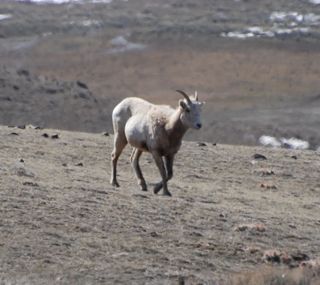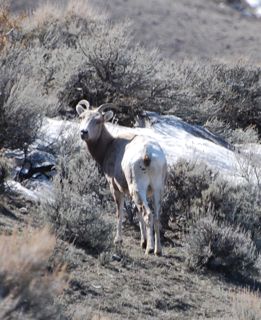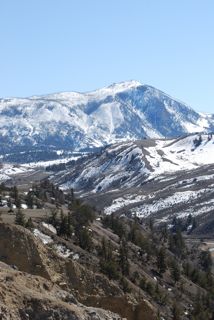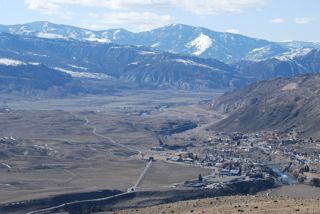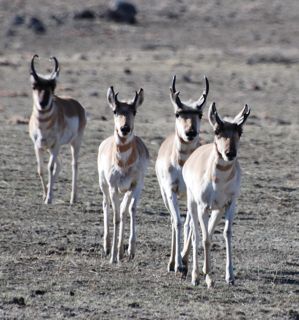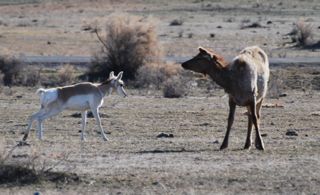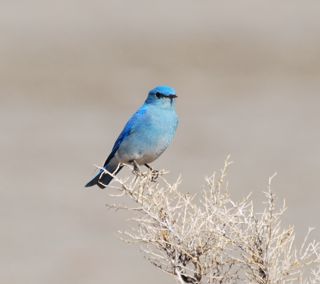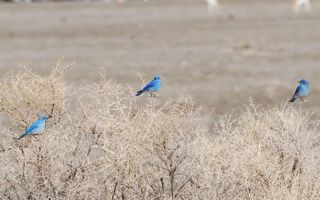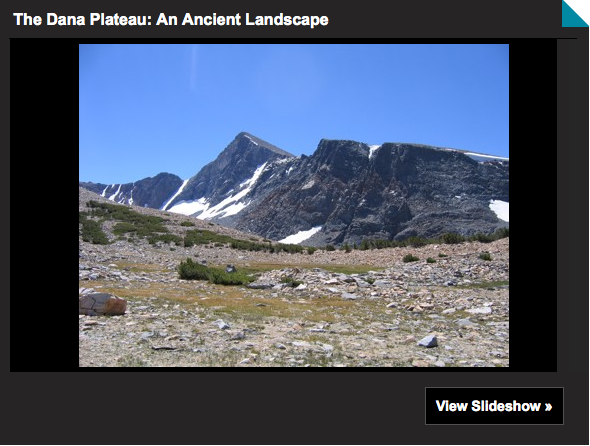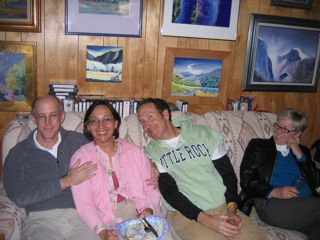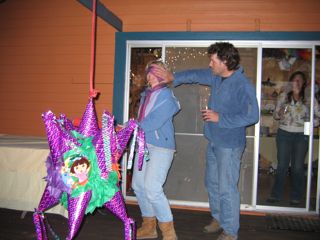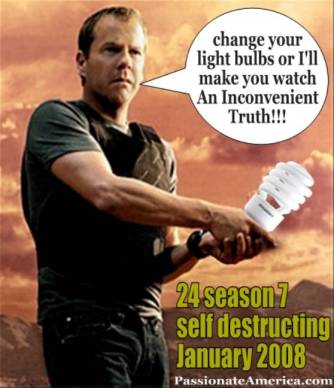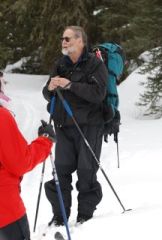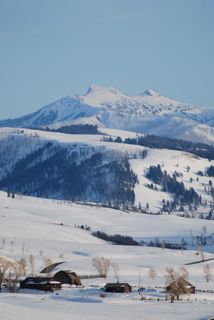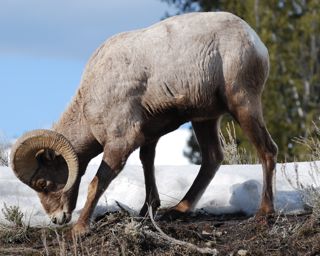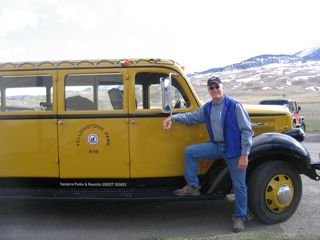 The first leg of what I am dubbing my "Green Tour 2008" concluded today. For the past couple of days I've been attending the Montana Governor's Conference on Tourism in West Yellowstone and presented as part of a panel on "The Greening of Yellowstone." For the next week and a half, I'll be traveling around Montana and Wyoming on a series of speaking engagements on green business and the sustainability programs at Yellowstone. Tomorrow morning I head for Casper, Wyoming for the Wyoming Governor's Conference on Tourism, then back to West Yellowstone for a Yellowstone Business Partnership session, then onto Jackson Hole for another training.
The first leg of what I am dubbing my "Green Tour 2008" concluded today. For the past couple of days I've been attending the Montana Governor's Conference on Tourism in West Yellowstone and presented as part of a panel on "The Greening of Yellowstone." For the next week and a half, I'll be traveling around Montana and Wyoming on a series of speaking engagements on green business and the sustainability programs at Yellowstone. Tomorrow morning I head for Casper, Wyoming for the Wyoming Governor's Conference on Tourism, then back to West Yellowstone for a Yellowstone Business Partnership session, then onto Jackson Hole for another training.
For this conference, we got to travel in style. My co-worker Rick, the director of marketing for Xanterra in Yellowstone, drove us in one of the refurbished yellow buses that are now used to give tours in the park. At first I thought Rick knew everybody in a 100 mile radius because of all of the waves we received, but people just love these old fashioned yellow buses.
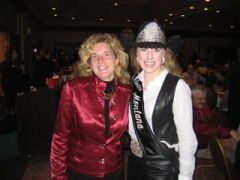 The sessions were excellent and provided me with a good introduction to my new home state. Cheryl Charles, the President of the Children & Nature network (cofounded by Richard Louv, author of Last Child in the Woods), gave an excellent presentation about "no child left inside" and I had a chance to speak with her at one of the social events about developing green education for kids. Other highlights: the Yahoo yodeling guy, Wylie Gustafson, taught all 400 participants how to yodel and provided the musical entertainment for our farewell dinner and dance, and I also got to meet Ms. Montana!
The sessions were excellent and provided me with a good introduction to my new home state. Cheryl Charles, the President of the Children & Nature network (cofounded by Richard Louv, author of Last Child in the Woods), gave an excellent presentation about "no child left inside" and I had a chance to speak with her at one of the social events about developing green education for kids. Other highlights: the Yahoo yodeling guy, Wylie Gustafson, taught all 400 participants how to yodel and provided the musical entertainment for our farewell dinner and dance, and I also got to meet Ms. Montana!



